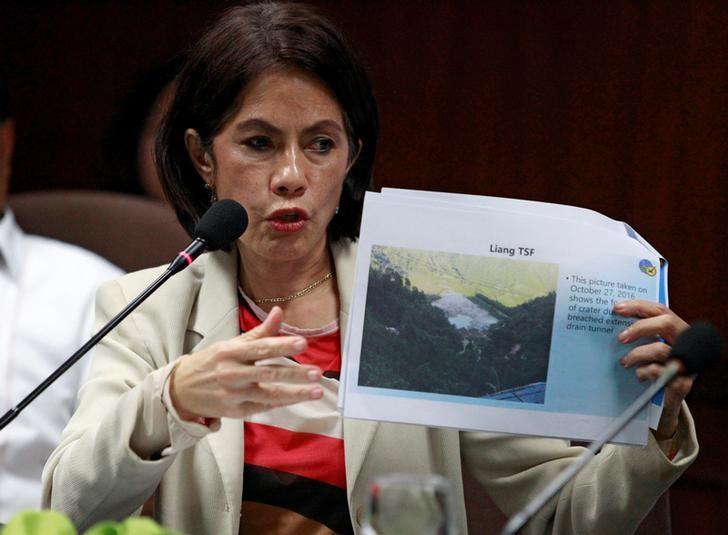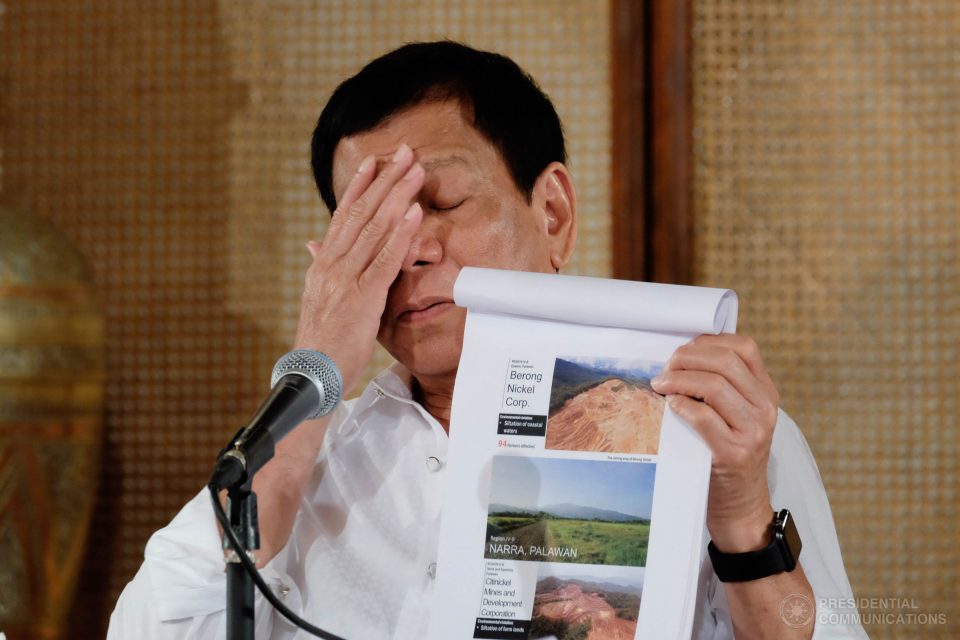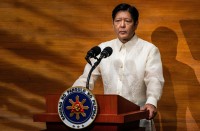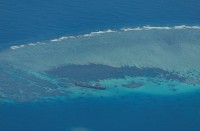
(Eagle News) — The interagency Mining Industry Coordinating Council (MICC) has started its “fact-finding and science-based” review of an initial batch of 26 mine sites that were either ordered suspended or shut down last year by former Department of Environment and Natural Resources secretary Gina Lopez.
The MICC said it had already started on-site visits to these locations this March.
Finance Undersecretary Bayani Agabin, who represented the Department of Finance (DOF) at the MICC meeting early March, said there will be a two-phased review process that would last for six months. The first phase of the review covering legal, technical and environmental concerns will be completed within three months
The social and economic aspects of the study, on the other hand, will be done in another three months as requested by the technical review teams (TRTs) which is composed of 25 experts.
“When we were looking at this, we set the period for review for three months. But when the teams were formed, the concern, especially on the economic study, is that they will need the inputs from the technical, the legal and the environment,” Agabin said during the recent MICC meeting.
“If you will notice, the methodology for the social and economic aspects is that they will do a household survey. They were quite strict, the teams that we got. In fact, they didn’t want to continue on if there will not be an honest-to-goodness scientific survey done within the affected communities. That’s how meticulous they are,” Agabin added.

President Rodrigo Roa Duterte expresses disappointment while showing photos of forests and bodies of water destroyed by illegal mining companies during a press conference at the Rizal Hall in Malacañan Palace on March 13, 2017. RENE LUMAWAG/Presidential Photo
According to a DOF release, Dr. Marian de los Angeles, the overall coordinator of the TRTs, said that the experts comprising the teams are now in the field for their review of the 26 mine sites.
She said the review’s second phase will focus on the social and economic aspects. This will include a “social cost benefit analysis” and an “evaluation of the changes in the ecosystem” as well as a “more in-detail look into the equity aspects” of the mining operations.
The MICC is co-chaired by DENR Secretary Roy Cimatu and DOF Secretary Carlos Dominguez III.
According to DOF Assistant Secretary Teresa Habitan, the MICC has tapped the Development Academy of the Philippines (DAP) to implement and manage the “fact-finding and science-based” review process on the 26 mining operations.
-Review should come up with recommendations-
Assistant Secretary Mercedita Sombilla of the National Economic and Development Authority (NEDA) had said the review should come up with recommendations on mining-related methodologies and procedures to maximize the benefits of mining and avoid damages. They are also asked to complete a list of inefficiencies, violations, and damages done by mining companies that couldn’t be addressed by the DENR alone, as well as the appropriate penalties that have to be imposed for such violations.
The TRTs are also expected to recommend measures that need to be instituted to prevent such violations and damages, and to improve mining operations. These measures should effectively safeguard the environment and protect the rights of resource-dependent communities, Sombilla said.
She said that the study should also cover a list of provisions in any laws, rules and regulations that need to be revised or amended to improve mining operations and ensure the development of a responsible mining sector.
This is aside from the needed framework, or set of standards and procedures that will institutionalize the conduct of review for the remaining existing operating mines.
-Final report to be consolidated-
“The final report will be a consolidated one. We will not see individual reports for each of the mines. It’s going to be consolidated. It’s going to be general — the key results that will come out of the 26 mining sites,” Sombilla said.
Agabin said the clustering of the mines for review was based on the types of minerals and locations, which are as follows: TRT Team 1 for gold, copper and nickel mines in the Cordillera Administrative Region (CAR), Cagayan Valley (Region II) and Mindoro, Marinduque, Romblon and Palawan (Region IV-B); TRT 2 for iron and nickel mines in Central Luzon (Region III); TRT 3 for chromite, nickel and iron mines in Eastern Visayas (Region VIII) and CARAGA; TRTs 4 and 5 for nickel and chromite mines in CARAGA.
As proposed by Dominguez during the MICC meeting last Oct. 24, the Council agreed to conduct another review in 2019 and succeeding ones every two years thereafter, in keeping with the MICC mandate under Executive Order No. 79 on a review of all mining operations once every two years.
(with a DOF release)







